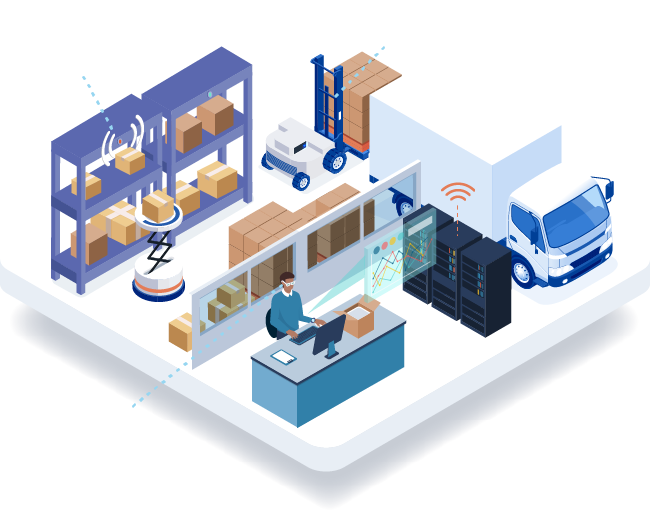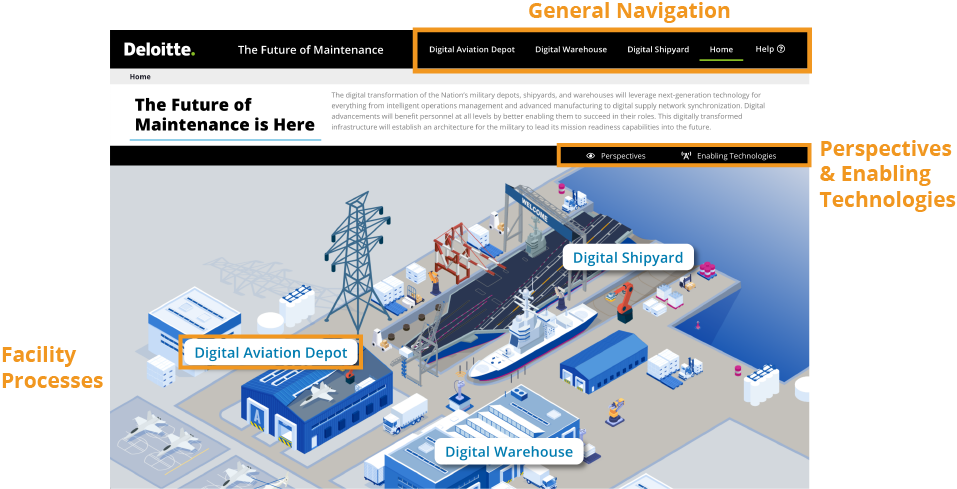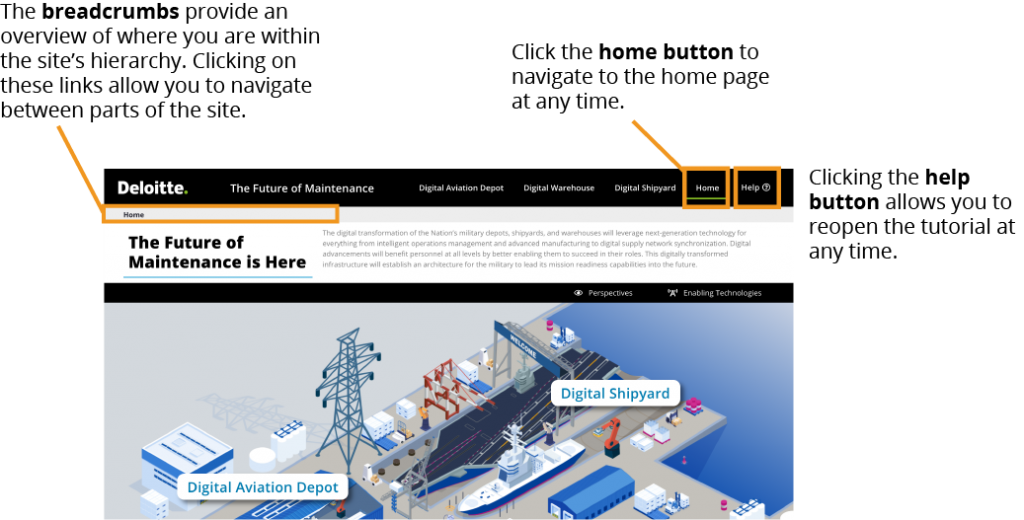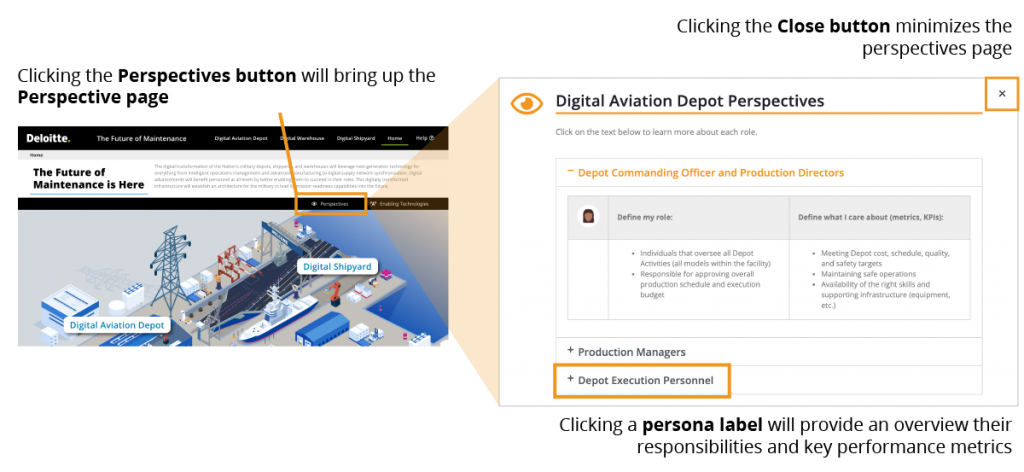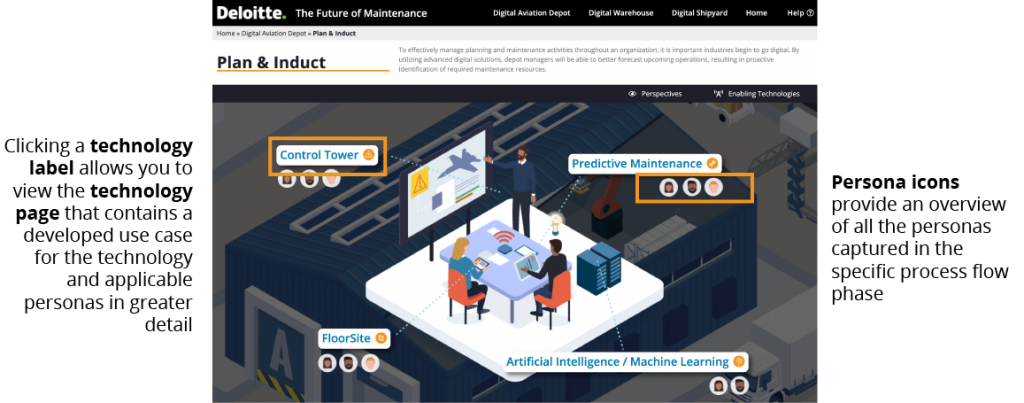Receipt & Storage
Inbound receiving and storage is the first opportunity to apply technologies that will heighten the efficiencies, security, and fidelity of the warehouse operation and inventories. Digital tracking adds an additional layer of visibility to expensive and specialized products. Wearable technologies assist operators with visual guidance and add dexterity by freeing their hands. Autonomous vehicles assist workers by completing more remedial tasks.
